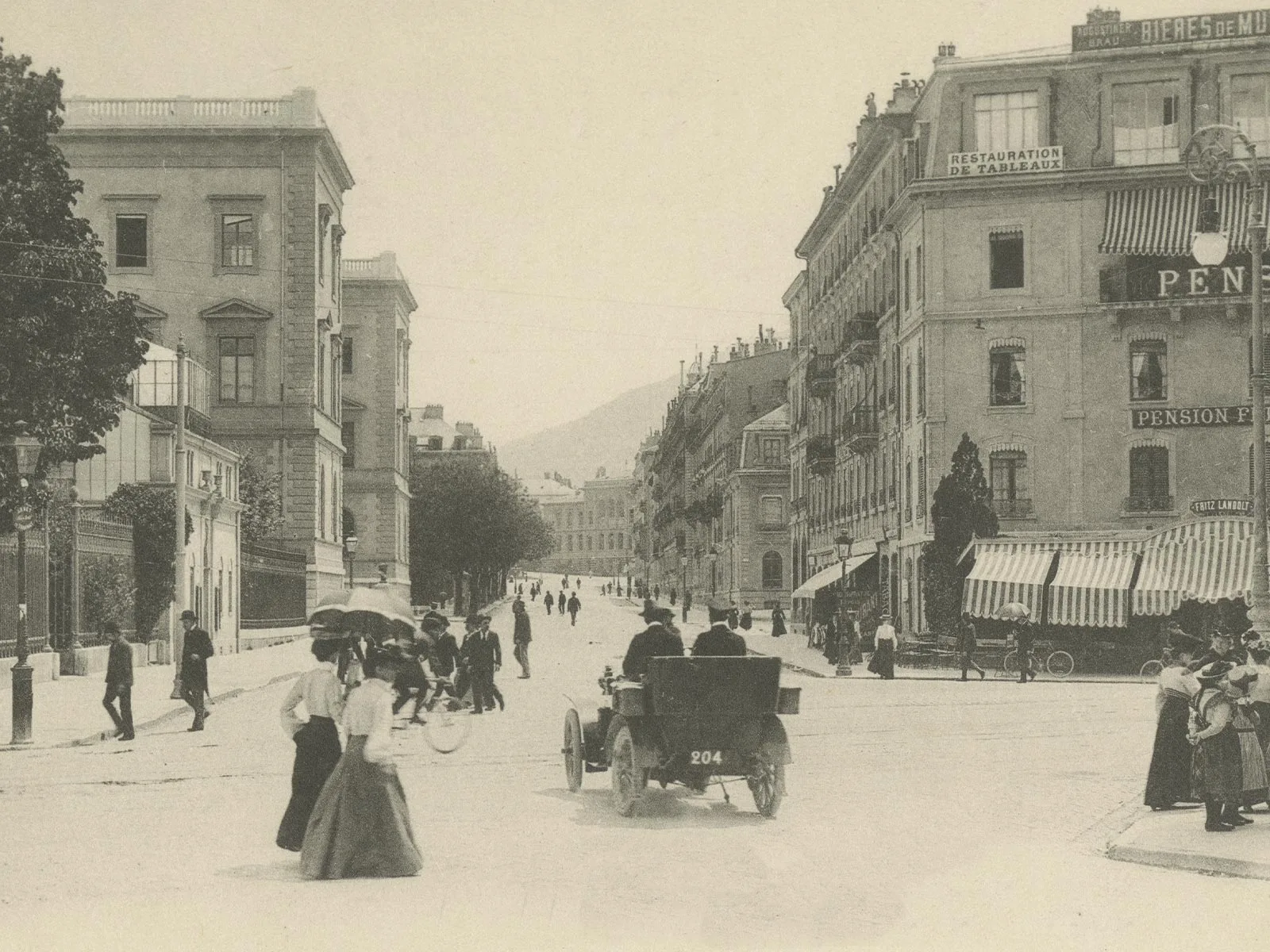
A platform above the storm
World Press Photo (WPP) grew from an association of Dutch photo journalists into a global organisation. The story of WPP also shows how society and technology have changed in recent decades.
A motocross racer wiping out and a demonstrator engulfed in flames: the 63 years between the first and the most recent winning pictures of the renowned World Press Photo Awards have brimmed with striking events in world affairs and new turns in press photography. World Press Photo not only reflects this development but has also played a part in shaping it. So it is well worth taking a brief look back over the history of this most important international press photo competition.
The idea for the contest was hatched in 1955 by Dutch photo journalists as a bid to focus more international attention on their local “Zilveren Camera” Photo Awards. From the outset competing, exhibiting and networking were inextricably bound together. In 1960 the non-profit foundation World Press Photo, based in Amsterdam, was established to provide an institutional framework. This was intended to emphasise the competition’s independence, because to contend with the Cold War context in those early years the photos needed to be judged by an impartial uninfluenced by their place of origin.

The first picture to win the World Press Photo Contest, in 1955, showed a motocross racer wiping out. Photo by Mogens von Haven

2018 World Press Photo of the Year: a burning demonstrator at a protest in Venezuela. Photo by Ronaldo Schemidt / AFP
In a few short years World Press Photo was already setting the standard as a press photo competition. This rapid rise coincided with the last boom in the illustrated print media, during the 1960s, before television overtook photography as the leading purveyor of images for news services. It is therefore significant that World Press Photo for the first time thrust iconic, controversial images from the Vietnam War into the public eye. Over 1500 photo reporters, working to a large extent unhindered and uncensored with flexible 35mm cameras, produced masses of shocking pictures for the image-hungry home front. These images, which remain permanently etched in our memory of that war, were moreover bound up with World Press Photo. The most famous example was the picture of a young Vietnamese girl after a napalm attack. At the same time TV turned such events even more compellingly into a “living room war” by bringing them straight into viewers’ homes.

1973 World Press Photo of the Year: children fleeing after a US napalm attack in Vietnam. Photo by Nick Ut Cong Huynh

AIDS was one of the subjects that riveted attention most in the 1980s. The winning picture in 1987 was this portrait of an AIDS-stricken man. Photo by Alon Reininger
Unfazed by the constantly mounting pressure of competition that now pervades the entire press photo industry and that has intensified further since the advent of digitisation, World Press Photo continued to grow in size and professionalism, both as an organisation and an annual event, itself becoming the pace-setter for change. The form and content of each award-winning press photo bear witness to the processes that have reshaped society. Whereas the pre-1990s period was dominated by rather harsh impact images, since then softer, more searching works on more abstract subjects (which have always existed) are becoming more frequent. Behind this shift no doubt lies the fact that, beyond the highly synchronised digital world of current events, press photographs are increasingly seeking new host media, such as museums, books and blogs, that provide other avenues to tell their story.
Since its inception by an association of Dutch reporters, World Press Photo has developed into a global platform for photojournalism that rides above the swirling media turbulence. The organisation’s earlier-described expansion into other activities is helping it increase its attentiveness as these activities are only partly dependent on the ever-changing everyday business of journalism.

2014 World Press Photo of the Year: migrants on the shore of Djibouti trying to get a signal on their mobile phone. Photo by John Stanmeyer
World Press Photo 2018
National Museum Zurich
7.6. – 8.7.2018
For the second time, the National Museum Zurich will be exhibiting the best press photographs in the world. This international exhibition is visiting over 100 of the world’s cities and summarises the events of the past year in a total of eight categories. This photographic review will bring the whole wide world to Zurich and will provide impressive proof that a picture is worth more than a thousand words.



